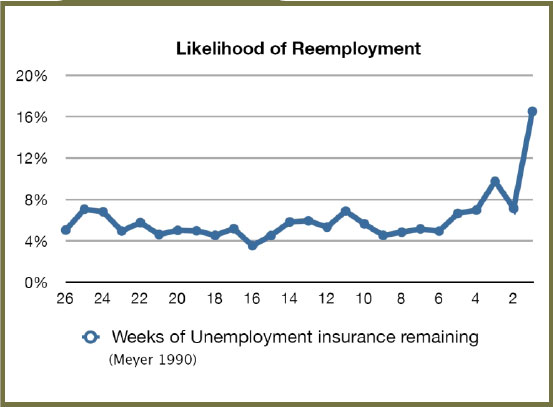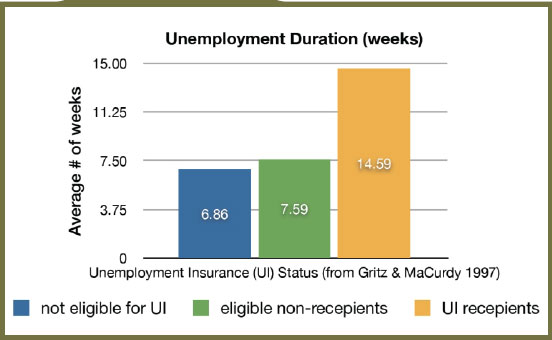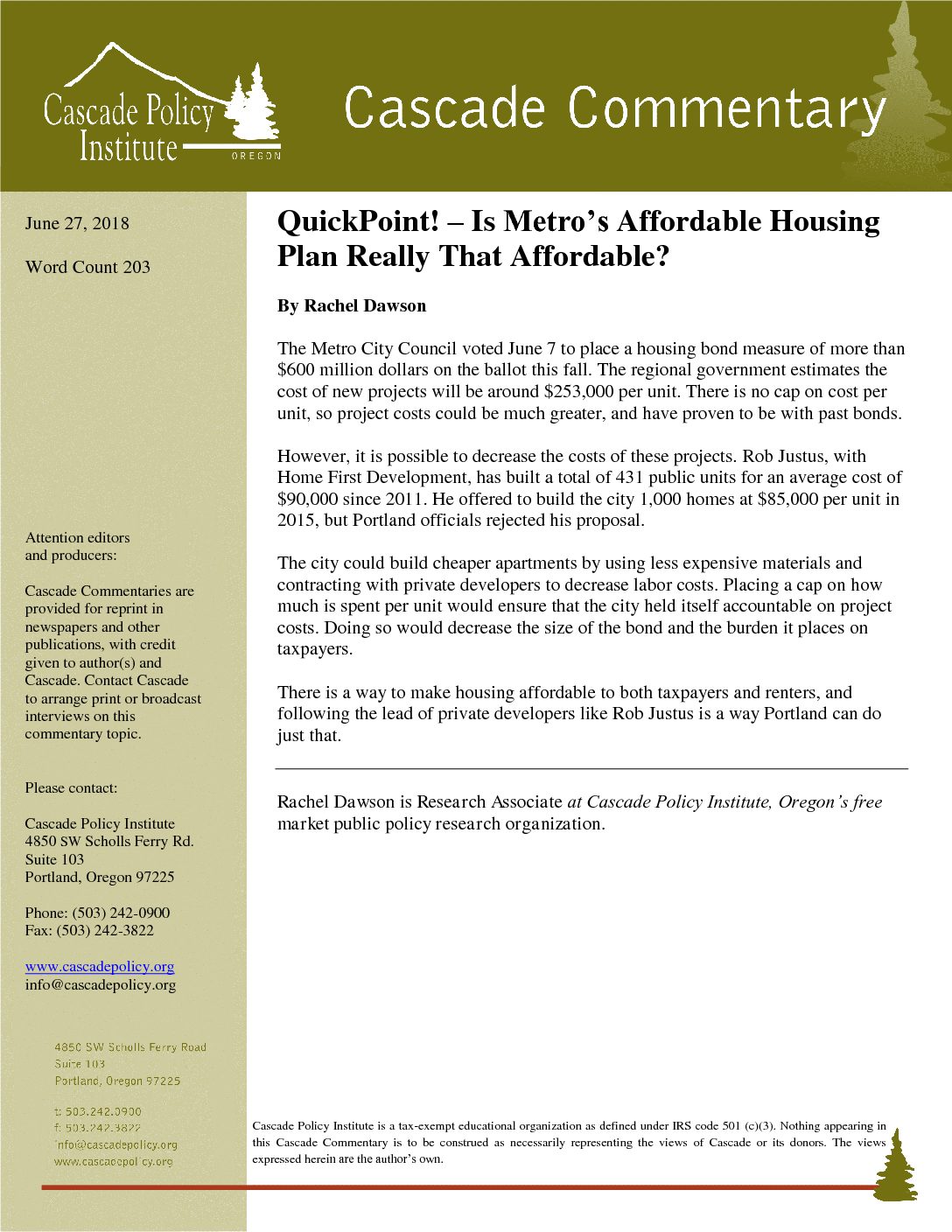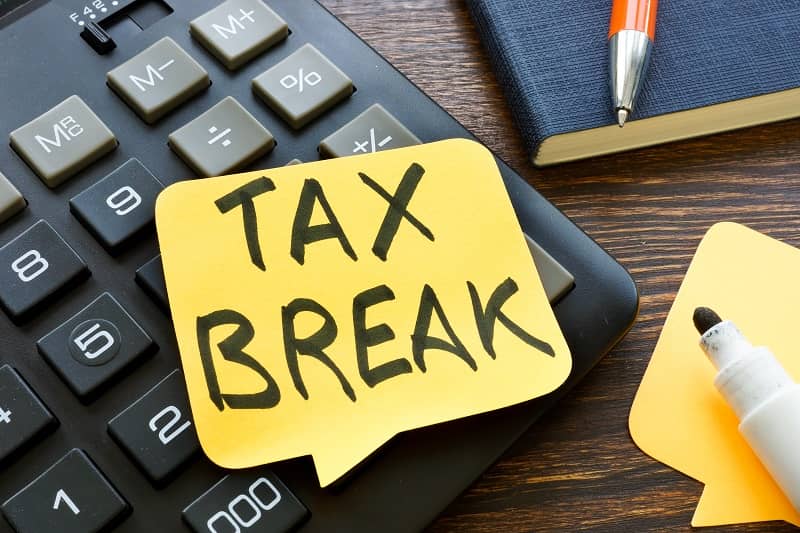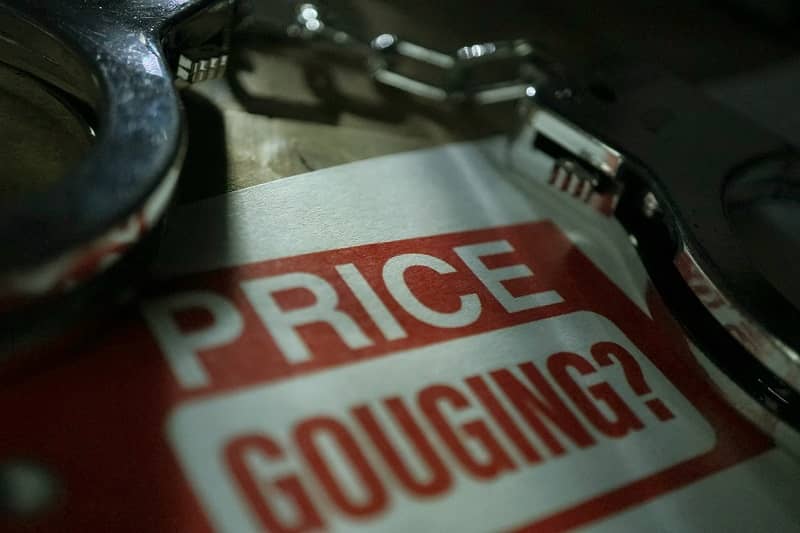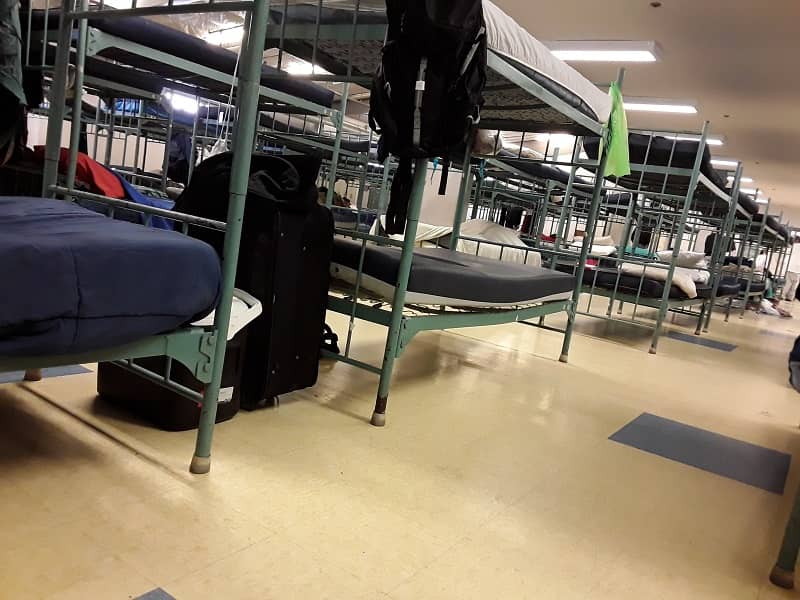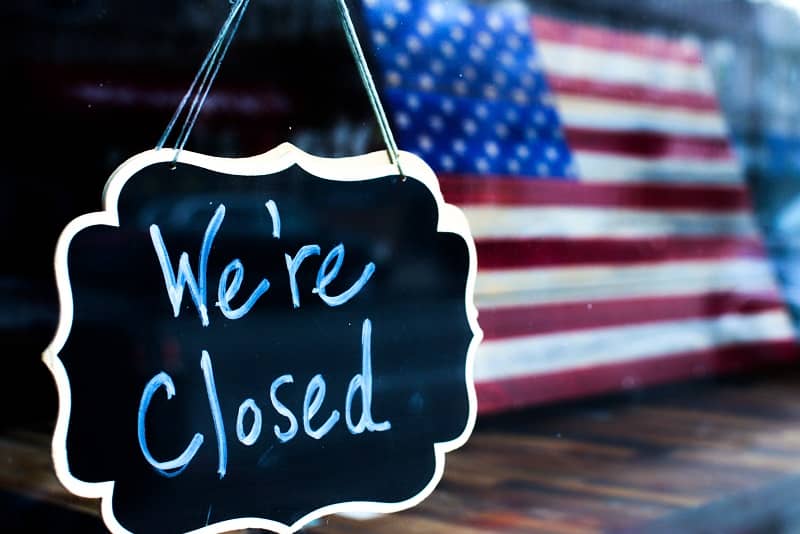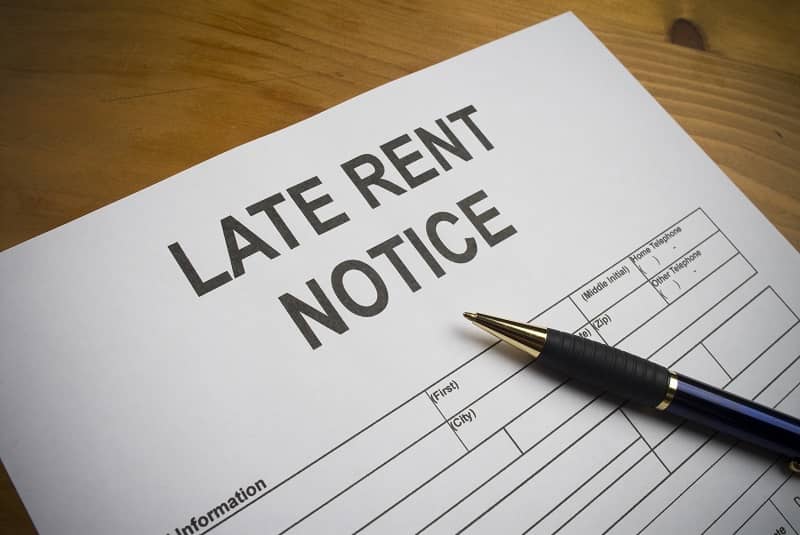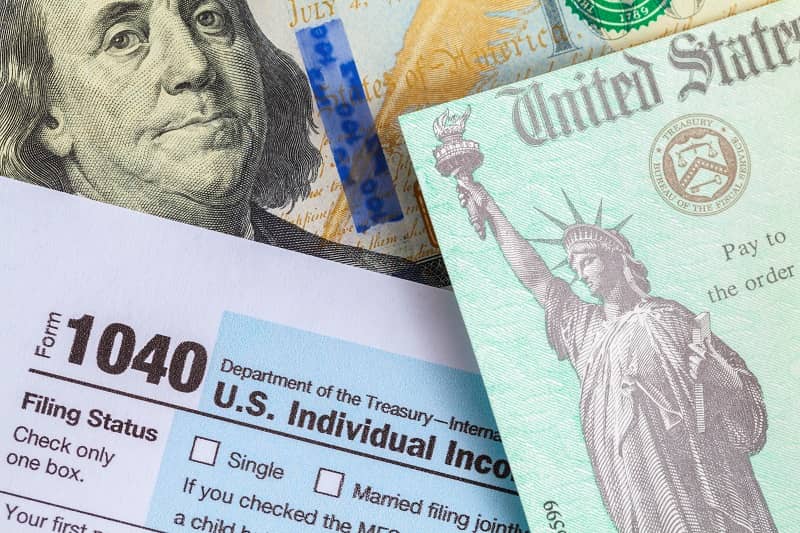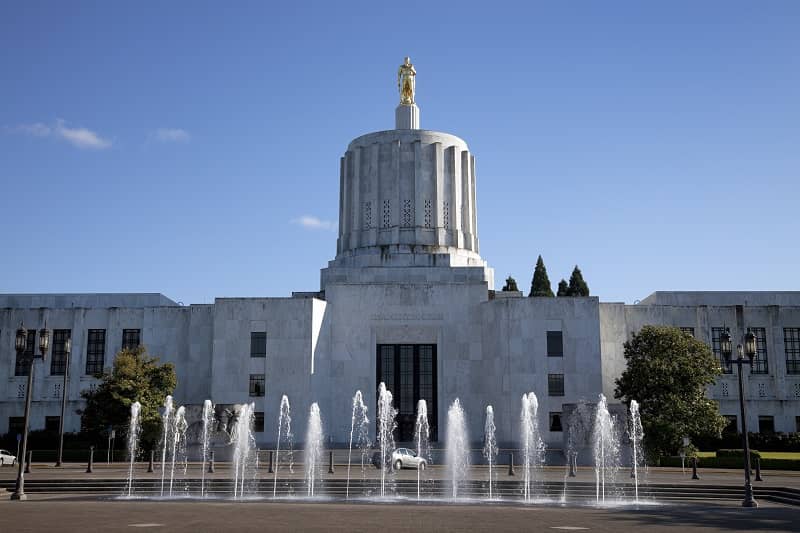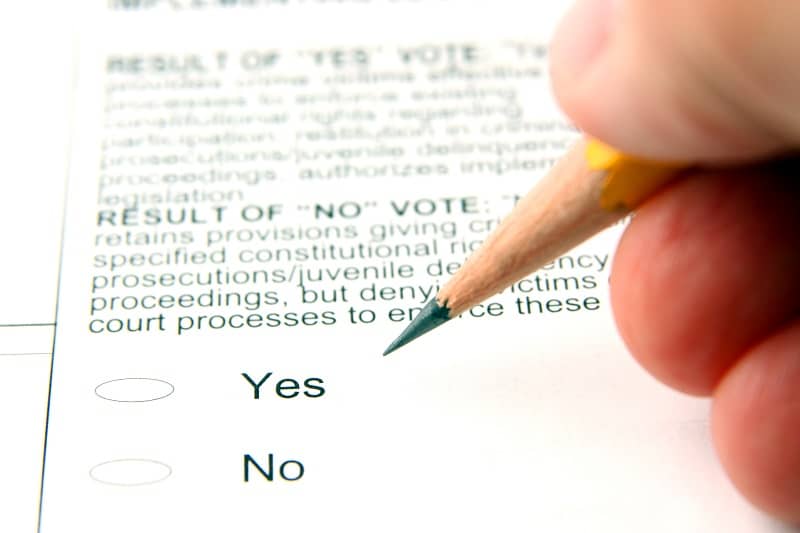| Unemployment Insurance Fact Sheet
by Christina Martin This piece accompanies an earlier report by Christina Martin, found here. Download a PDF of this Fact Sheet |
Unemployment Insurance Facts
Unemployment Insurance (UI) needs reform. It is inefficient and unfair for many workers. For the minority of workers eligible to receive benefits, the system encourages temporary lay-offs and discourages workers from finding employment.
Workers Pay for Unemployment Insurance
While employers pay the payroll tax for workers, studies have shown that ultimately it is the worker who pays through lower wages. An increase in the cost of labor (via a tax on wages, in this case) will cause a strong drop in the demand for labor. However, a slight drop in wages earned will only have a small effect on the labor supply. Accordingly, a tax on labor, and specifically the UI payroll tax, is mostly passed to workers via a smaller paycheck. “[T]he average amount of the tax is fully passed on to workers in the form of lower wages. However, the variation in employer tax rates caused by different employers having experiences ratings is not passed on.”
Unemployment Insurance Is Not Economic Stimulus
Contrary to some popular assertions, UI provides little stimulus to the economy. It increases consumption, but it also increases unemployment and decreases private investment. In short, spending money to sustain a person who is not working is not an investment in economic growth. According to one study, for every dollar that the government spends on UI, gross domestic product expands only around 25 cents. In other words, paying individuals to do nothing helps the economy far less than most options.
Unemployment Insurance Discourages Reemployment
UI discourages unemployed workers from looking for new work. Unemployed workers who receive benefits take more than twice the time to find a job than those who are not eligible to receive benefits. The likelihood of recipients finding a job increases strikingly just before UI benefits are exhausted.
Bigger benefits lead to longer terms of unemployment. If workers would search harder, employers could fill open positions more quickly, total unemployment would shrink, and national productivity and wealth would increase as a result.
While recipients of unemployment benefits are required to be available to work and to actively look for a job, the promise of benefits discourages some workers from looking vigorously. Many individuals will find their drive to find a new job diminished when they are receiving more than half their previous income while gaining time to spend with family, pursue hobbies, or to invest in improvements (in themselves or their property).
Some argue that longer unemployment leads to better job matching and higher wages. However, this benefit is limited; and some studies suggest that it is exaggerated or imagined. For example, one study showed that when workers are offered reemployment bonuses, they find jobs faster, at a comparable or slightly higher value to those workers in a control group. In other words, generally, a good job fit and higher wages can be found faster with a more vigorous job search.
Unemployment Insurance Increases Lay-offs and Delays Rehiring
Unemployment Insurance sometimes encourages employers to lay off workers and to delay rehiring them. Without UI, employers risk losing good employees or not being able to attract good employees when they lay off their workers. UI protects certain types of employers from much of this risk.
Econometric studies have varied, but the overwhelming conclusion is that UI increases layoffs. One study concluded that layoffs, generally, are 5% higher due to employers abusing UI. Other studies estimated that 20-30% of temporary layoffs were caused by this problem. Another study estimated that in the depths of recession, UI may cause half of all layoffs.
Why does this happen? Because the experience rating does not reflect the cost to the system. Under current tax codes a firm’s UI tax rate is adjusted according to how many of their laid-off workers file claims for UI benefits: The more workers who file for UI benefits, the higher the tax rate – but only up to 5.4% in Oregon. Since experience ratings do not reflect the cost to the system, some employers lay off workers regularly and systematically, essentially using UI as a subsidy for their employees in an off-season. For example, an employer paying the maximum rate in payroll taxes will not pay any more for laying off one more worker.
Without UI, such employers would have to alter business practices to provide year-round labor, or pay their employees more when work is plentiful, in order to attract and retain trained workers. Instead, many employers use UI to subsidize employee pay. These practices cause UI to unfairly prop up certain businesses and industries, at the expense of others’ tax dollars.
Solutions
There are many ways to truly modernize UI. These are just a few innovative ways to address UI’s problems:
Increased Supervision: A trial program providing more intense supervision in Arizona helped address the disincentives to work. In that program, administrative staff interviewed benefit recipients regularly to set goals and monitor progress. The extra supervision gave emotional support to the workers’ efforts and discouraged procrastination. For every dollar spent, the state saved about ten dollars in benefits.
Job Search Requirements: Job search requirements speed up reemployment. For example recipients find employment faster when they are required to attend a job-search seminar. Most of the effect of the seminars come after notices of the mandatory seminar were received but before the seminars. Apparently, people would rather find a job than attend a seminar. This principle could be used to develop a system that would encourage more rapid reemployment.
Incentives: Incentives for more rapid reemployment can reduce both the length of unemployment and benefit costs. Unfortunately, experimentation has been limited by federal restrictions on UI. Seeking a federal waiver from such restrictions could help Oregon and other states find an innovative solution to an old problem.
Unemployment Insurance Savings Accounts: Chile’s workers and employers pay into Unemployment Insurance Savings Accounts. Each worker has a full property interest in her account. If she becomes unemployed for any reason, then she may draw 30-50% of the previous wage for up to 5 months. The worker receives benefits from the savings accounts regardless of the cause of her unemployment. At retirement, any money remaining in the account is transferred into the worker’s retirement account, or it is passed on to heirs at death. Since workers have a property interest in their accounts, unemployment is less appealing, and the incentive toward unemployment and layoffs is minimized or eradicated.
In Chile a small portion of the payroll tax is paid into a common fund that helps workers who have low-balance accounts. A shift to a system that is like Chile’s system, is one way to remove work disincentives associated with the present UI system, while broadening the pool of eligible recipients. This program could be tried through a pilot project or some other experimental means before adopting, after obtaining a federal waiver from certain UI requirements.
According to a study, released by Cascade Policy Institute, switching to a system similar to Chile’s unemployment accounts system, would benefit 97% of Oregonians. Even those who are most likely to be unemployed or most likely to have empty asset accounts would prefer such a switch, according to the economic model.
To read more about this kind of reform, visit www.cascadepolicy.org/unemployment-insurance/.
Patricia Anderson & Bruce D. Meyer, The Effects of Firm Specific Taxes and Government Mandates with an Application to the U.S. Unemployment Insurance Program, 65 Journal of Public Economics (1997) (also see this article’s citations for earlier research on the subject); Jonathan Gruber, The Incidence of Payroll Taxation: Evidence from Chile, 15 Journal of Labor Economics S72-S101 (July 1997).
William B. Conerly, Getting Back to Work: Reforming Unemployment Insurance to Increase Employment, Goldwater Institute Policy Report 6, (Jan. 26, 2004), citing Patricia Anderson & Bruce D. Meyer, Unemployment Insurance Taxes and the Cyclical and Seasonal Properties of Unemployment, 53 Journal of Public Economics 1-29, no. 1 (1994).
Alan J. Auerbach & Daniel Feenberg, The Significance of Federal Taxes as Automatic Stabilizers, 14 Journal of Economic Perspectives 37-56, American Economic Association (2000); Kyung Won Lee & James R. Schmidt, Unemployment Insurance and State Economic Activity, 13 International Economic Journal 77-95 (Autumn 1999) available at http://www.iejournal.com/99fall/a7.pdf (“There appears to be no effective role served by state level UI benefits and contributions in providing stimulus or braking influences beyond the dollar for dollar correspondence of UI benefits and income that is guaranteed in the personal income accounts.”); George M. Von Furstenberg, Stabilization Characteristics of Unemployment Insurance, Industrial and Labor Relations Review 363-73, Cornell University (April 1976).
James Sherk, “Extended Unemployment Insurance – No Economic Stimulus,” The Heritage Foundation, http://www.heritage.org/research/economy/cda08-13.cfm#_ftnref13 (Nov. 18, 2008).
Mark Gritz & Thomas MaCurdy, Measuring the Influence of Unemployment Insurance on Experiences, Journal of Business and Economic Statistics (April 1997).
John T. Addison & Pedro Portugal, “How Does the Unemployment Insurance System Shape the Time Profile of Jobless Duration?”, IZA Discussion Paper No. 978 (Jan. 2004); Lawrence Katz & Bruce D. Meyer, “The Impact of the Potential Duration of Unemployment Insurance on the Duration of Unemployment,” 41 Journal of Public Economics 45-72 (Feb. 1990); Bruce D. Meyer, 53 “Unemployment Insurance and Unemployment Spells,” Econometrica (July 1990).
Ronald G. Ehrenberg & Ronald L. Oaxaca, “Unemployment Insurance, Duration of Unemployment, and Subsequent Wage Gain,” 66 “The American Economic Review” 754-66, No. 5 (Dec. 1976); Bruce D. Meyer, “A Quasi Experimental Approach to the Effects of Unemployment Insurance,” NBER Working Paper 3159 (Nov. 1989); Bruce D. Meyer, 53 “Unemployment Insurance and Unemployment Spells,” Econometrica (July 1990).
Bruce D. Meyer, “A Quasi Experimental Approach to the Effects of Unemployment Insurance,” NBER Working Paper 3159 (Nov. 1989).
Bruce D. Meyer, “What Have We Learned From the Illinois Reemployment Bonus Experiment?”, 14 Journal of Labor Economics 26 (Jan 1996).
Paul Kersey, Emergency Unemployment Benefits Not Needed as Economy Recovers, The Heritage Foundation Executive Memorandum No. 914, Feb. 13, 2004, at www.heritage.org/Research/Labor/em914.cfm.
Brechling & Laurence, Permanent Job Loss, viii, 111; Donald R. Deere, “Unemployment Insurance and Employment,” 9 Journal of Labor Economics no. 307-24 (1991).
Researchers focusing only on temporary layoffs found that the system itself caused 20 to 30 percent of such layoffs. Patricia Anderson and Bruce D. Meyer, The Effect of Unemployment Insurance Taxes and Benefits on Layoffs Using Firm and Individual Data, NBER Working Paper 4960 (Jan. 1996); Robert H. Topel, “On Layoffs and Unemployment Insurance,” 73 American Economic Review 541-59 (1983).
David Card & Phillip V. Levine, “Unemployment Insurance Taxes and the Cyclical and Seasoned Properties of Unemployment,” 53 Journal of Public Economics 1-29 (1994).
Arizona Department of Economic Security, Reemployment Serves Performance Report, (Dec. 23, 2002).
Terry R. Johnson & Daniel H. Klepinger, “Experimental Evidence on Unemployment Insurance Work Search Policies,” 29 Journal of Human Resources 695-717 (Summer 1994); Bruce D. Meyer, “Lessons from the U.S. Unemployment Insurance Experiments,” 33 Journal of Economic Literature 91-131 (March 1995).
Christopher J. O’Leary, et al, “Do Bonus Offers shorten Unemployment Insurance Spells? Results From the Washington Experiment,” 14 Journal of Policy Analysis and Management 245-69 (Spring 1995).
Gonzalo Reyes Hartley, Jan C. van Ours & Milan Vodopivec, Incentive Effects of Unemployment Insurance Savings Accounts: Evidence From Chile, The Institute for the Study of Labor, Discussion Paper No. 4681 (Jan. 2010).
Stéphane Pallage, Ph.D, and Christian Zimmermann, Unemployment Accounts: A Better Way of Protecting the Unemployed (Aug. 2010), available at https://cascadepolicy.org/wp-content/uploads/2010/08/UI_Reform_ Report.pdf.
